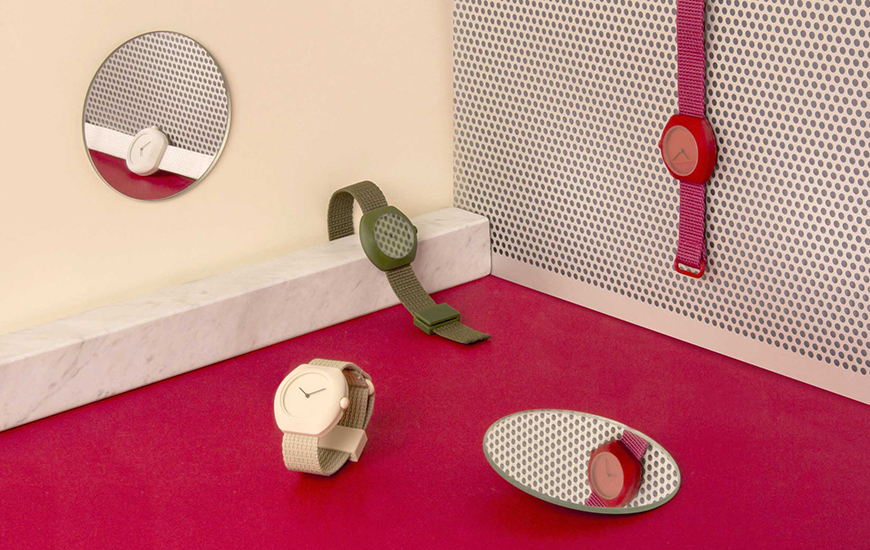Idea, Project, Execution. 3D Printing and the Work of Industrial Designers
Recent years have seen a resurgence of industrial design. The world has once again fallen in love with design. People want to drive beautiful, modern and ergonomic cars. On the other hand, a product’s lifecycle is short, which imposes a lot of work on designers. People working in the field of industrial design use 3D printers more and more often. These devices have changed the way they work and made introducing new products significantly easier.
3D printing technology is more than 30 years old. Initially, it was expensive and only the biggest corporations were able to afford it. But these corporations didn’t use 3D printing on a mass scale. The market of 3D printer has only changed within the recent five years. The market is constantly developing and changing our lives, the methods by which new products are made are also changing. These products need to be ergonomic, functional and well-designed on top of that. Electronic devices, household appliances, cars, furniture—everything has to be a work of art.
Designer’s Delight
The job of an industrial designer is not so different from a designer of clothes or an architect. Everything starts with a concept, an idea, and progresses to the final, mass-manufactured product. The difficulty stems from the need to consider technical requirements and limitations. Take a smartphone. It has to be slender, but big enough to fit a large screen, a decent battery, and all the components need sufficient cooling. A car has to be designed in such a way as to fit various engines and fulfill all the safety standards. Therein lies the challenge: to merge your vision with all these external aspects, and then (usually) with the budget constraints imposed by the client.
Cheap, easily available, and versatile 3D printers, such as the Zortrax M200, Zortrax M300 gave industrial designers a chance to spread their wings. The first radical change is that you can quickly transfer your vision from a piece of paper or monitor into a spacial project to see what it will look like in reality. Cars can be 3D printed to scale, split into parts, but smaller objects can be quickly brought to life in their actual size. Thanks to this possibility you only need a few hours to be able to look at your vision in a way that the computer will never provide you.

3D printing enables rapid prototyping, making alterations and testing your products. Moreover, the file with the project can be easily sent to other people working on the new product. The various available colors and properties of materials used for printing on Zortrax 3D printers let you recreate your product with a high degree of realism.
Swift and Precise
3D printing is not just transferring your idea to a 3D printed model or creating prototypes. It lets you actually create elements or even entire products, starting with minor accessories through cases for devices all the way up to components of machines. Zortrax itself is a good example. Some parts of their devices are now manufactured with the very same type of 3D printer.
3D printing technology didn’t just change the jobs of industrial designers. It revolutionized them. Designers were given a new tool which lets them do their work easily and on their own. They don’t have to wait for mold, they don’t have to sculpt their designs. They just need to create the files using their computers, send the files to the 3D printer and start printing. Soon, the visions become reality. Work becomes faster at every stage, from idea to implementation.
Another advantage of 3D printing is the possibility to create complex items which otherwise would have to be assembled from a number of elements. For example, 3D printing technology lets you create a mesh pattern. The professional, advanced Zortrax Inventure printer can print using simultaneously the main material and the support material, which is later dissolved in water. This lets you create designs which are even more complex.